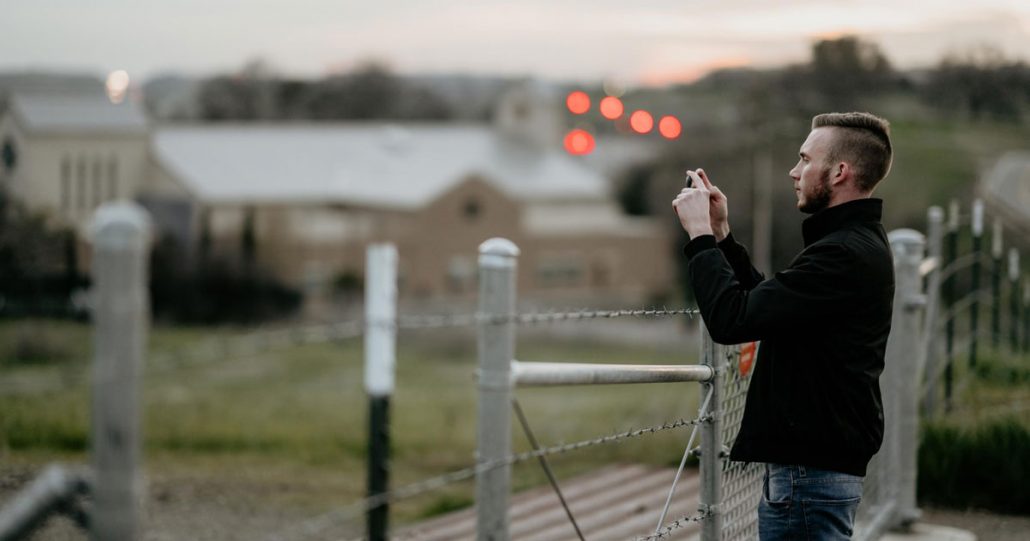
Using Social Media to Improve Your Mental Health
Using these apps as social tools rather than distraction mechanisms allows us to stay connected with those we care about in an adaptive and healthy manner.

Using these apps as social tools rather than distraction mechanisms allows us to stay connected with those we care about in an adaptive and healthy manner.
"Using these apps as social tools rather than distraction mechanisms allows us to stay connected."
For many of us, social media has become an integral part of our day-to-day lives. If used with limits, it can be a great way to keep up with family and friends, and enjoy some down time. However, as its popularity grows so does the body of research pointing to its association with increased odds of depression and worsening of depressive symptoms (1,2).
Being aware of when and how often you use them, as well as how content is being filtered to you by these apps, is critical for managing their impact on your mental health.
Here are some tips to help you make sure social media is working for you and not pulling you down:
Looking at your daily or weekly social media use is a good place to start. We often don’t realize how frequently we check social media, as it becomes almost second nature. Having a solid understanding of how much time you are currently spending on social media is an important part of making sure your use is healthy and constructive.
To check, either go to the settings inside the specific app or the general settings on your device:
Some apps like Facebook and Instagram have features that give you data on your usage from within the app.
Other resources include apps like Freedom and SPACE which can be downloaded onto iOS, Android, or desktop devices, and allow you to analyze and manage your social media use.
Once you know how much time you spend on social media, you can set goals for yourself based on what you consider to be a healthy.
Research shows that limiting social media use to approximately 30 minutes per day can lead to significant decrease in depressive symptoms (3). Finding a manageable and realistic time limit – that you can stick to is key.
Social media use shouldn’t be something that adds stress to your daily life. To assure this, avoid falling into stress traps and doom scrolling. (Doom scrolling is term for when an person dives into a rabbit hole of negative and off-putting content/news fed to them by an app’s algorithm). These types of negative content cycles can be triggered by initially interacting with stressful or troubling subject matter and subsequently clicking on more negatively centred posts or feeds.
To negate these patterns, avoid content that triggers stress or makes you upset. This is the most straightforward way to ensure that your social media use isn’t contributing to the stresses you may be already facing. Instead, try to focus on using social media as a tool to take in positivity and uplifting content.
The type of content you choose to interact with on social media will continue to be shown to you each time you open the app or get a notification from it. As a user, we can harness this power by inviting content that is positive in nature.
Using social media to connect with friends and loved ones, or engages your curiosity in a positive way, helps avoid mindless consumption. This will also help create positive feedback patterns, rather than scrolling aimlessly through automated content that an app feeds us.
This form of social media use can be especially valuable during the current Covid-19 pandemic. Using these apps as a social tool rather than a distraction mechanism allows us to stay connected with those we care about in an adaptive and healthy manner.
When you’re not directly using social media, its good to disconnect from it as much as possible. Apps are designed to constantly regain your attention and get you to spend as much time interacting with them as possible.
Little things like turning off notifications and plugging in your device away from your area of work/rest will help you to be more deliberate about your use and disconnect when you want to.
The focus should always be on whether your social media use is constructive or detrimental to your mental health. Using tactics like the ones mentioned in this article can help regulate your use and ensure that you’re taking the right steps to avoid the adverse effects of social media.
References